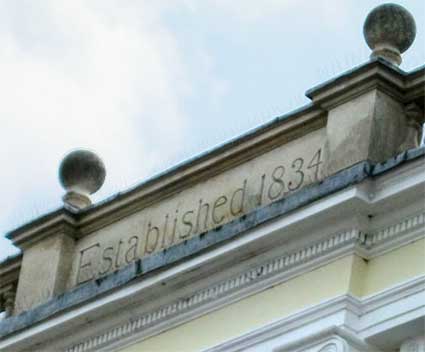'Established 1834'
The bank was founded by
Clarles Geach as the Birmingham and Midland Bank in Union Street,
Birmingham in August 1836. This suggests that either a mistake was made
in the dating of the building fascade, or it was built for another bank
with a different date of establishment. We think that the former is
more likely, as we have always assumed that it was built specifically
to house Midland Bank, probably in the 1930s after road-widening in
Tavern Street. See the update below.
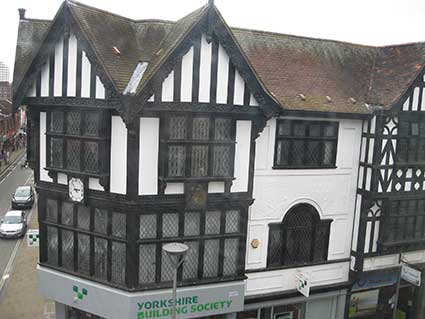
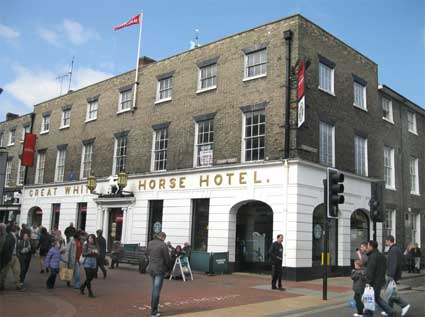 2012 images
2012 images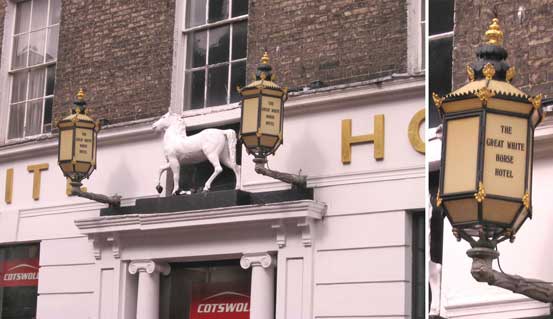
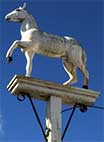 Tattingstone White Horse Inn
Tattingstone White Horse Inn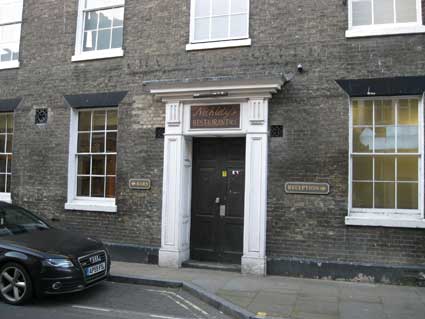
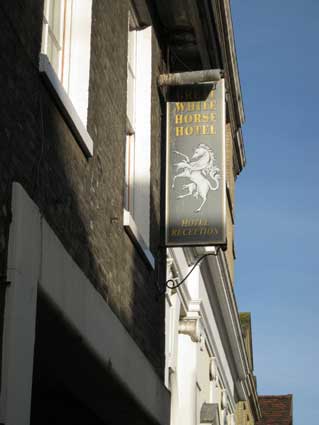
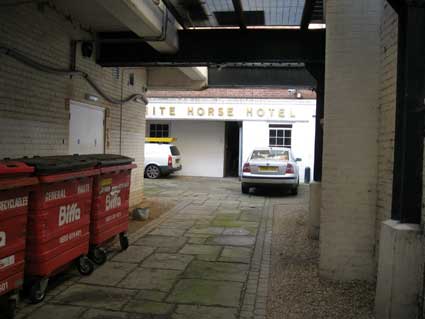
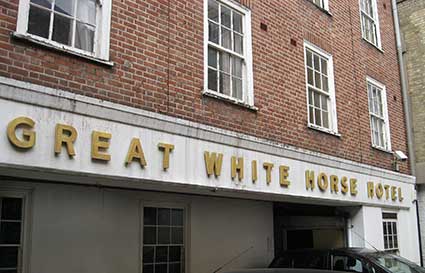
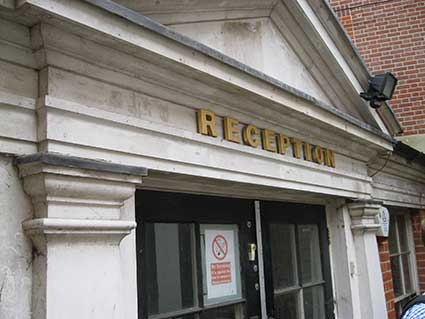 2016
images
2016
images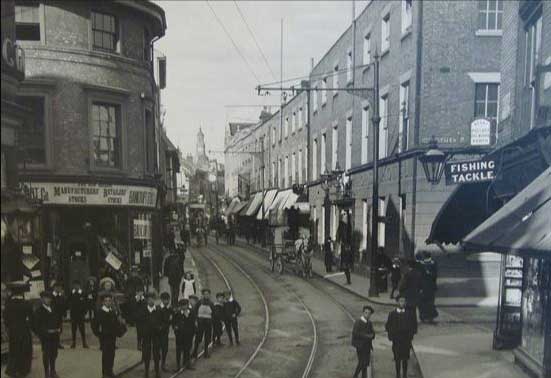 c. 1900
c. 1900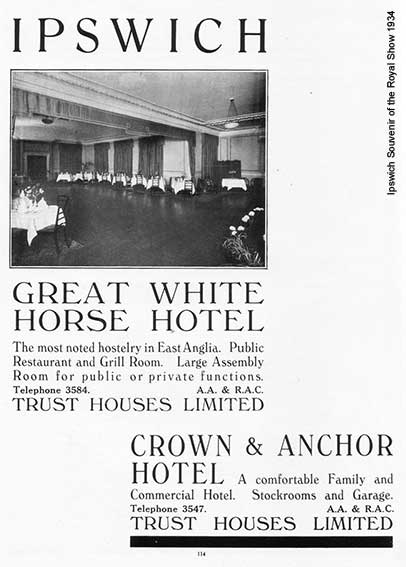 1934
advertisement
1934
advertisement
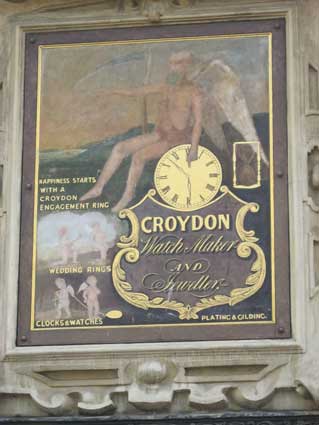
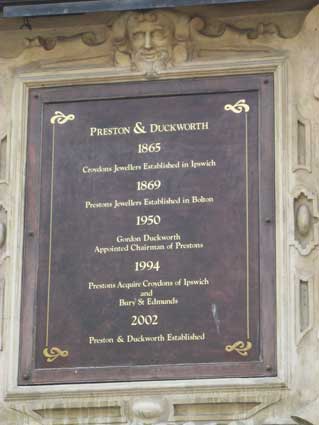
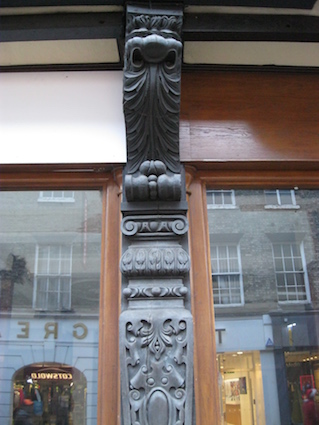
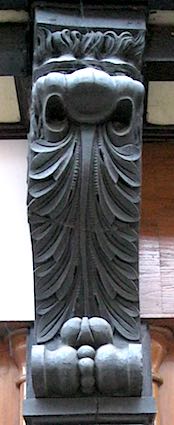
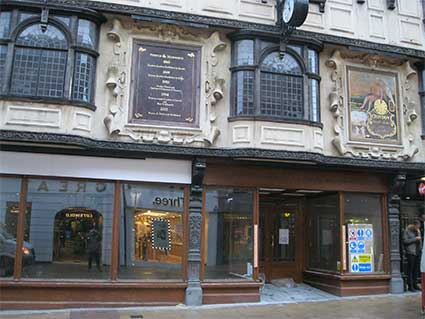
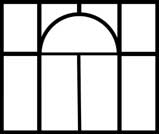
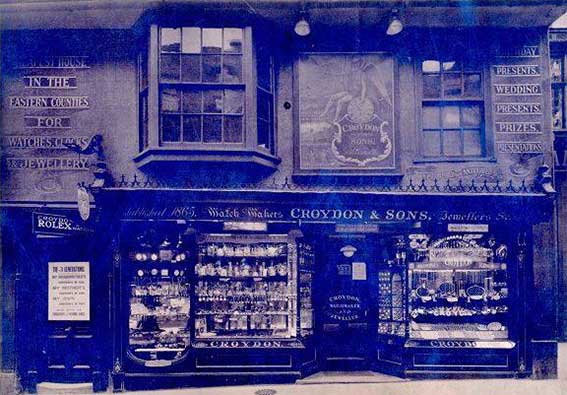 Pre-1929
photo courtesy the Ipswich Society
Pre-1929
photo courtesy the Ipswich Society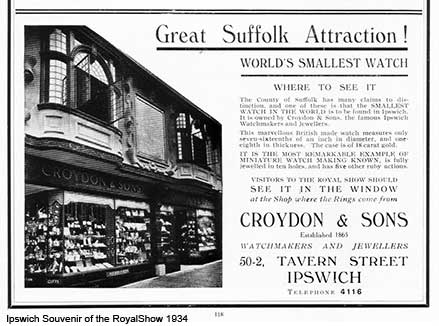
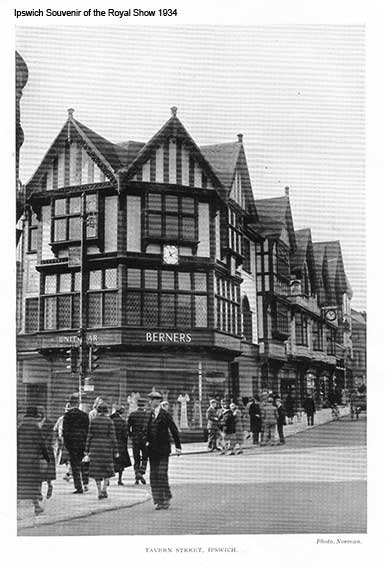
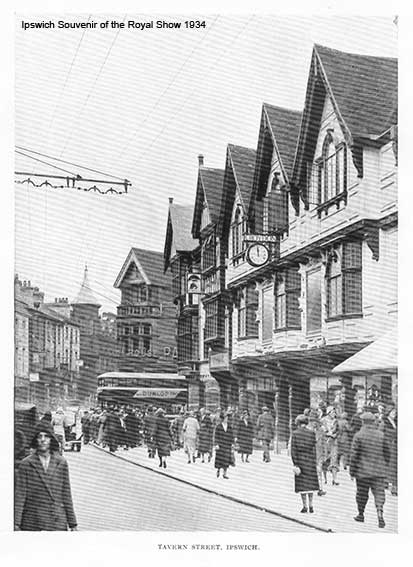 1934
1934 2016 images
2016 images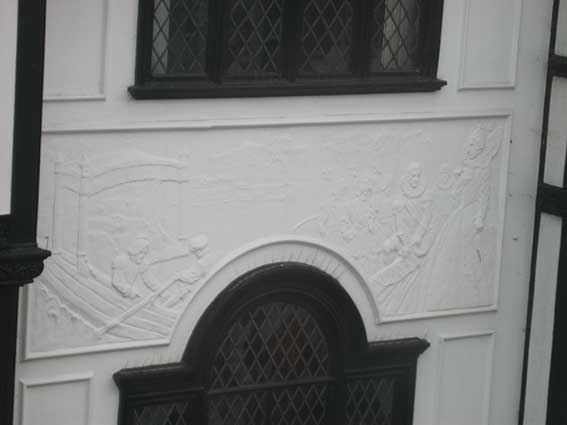
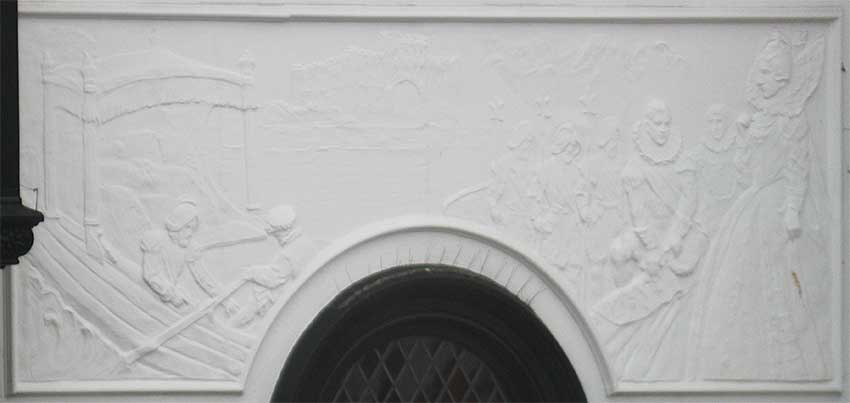
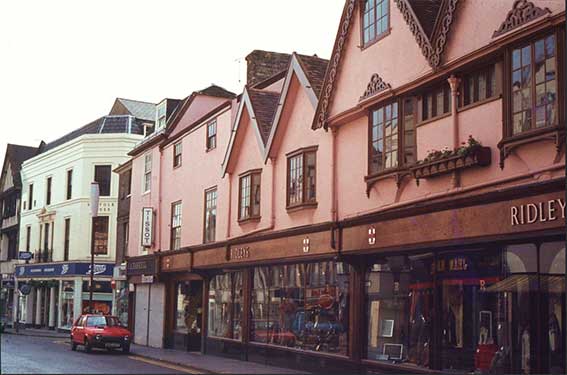 1979 image
courtesy The Ipswich Society
1979 image
courtesy The Ipswich Society
 1908
advertisement
1908
advertisement
